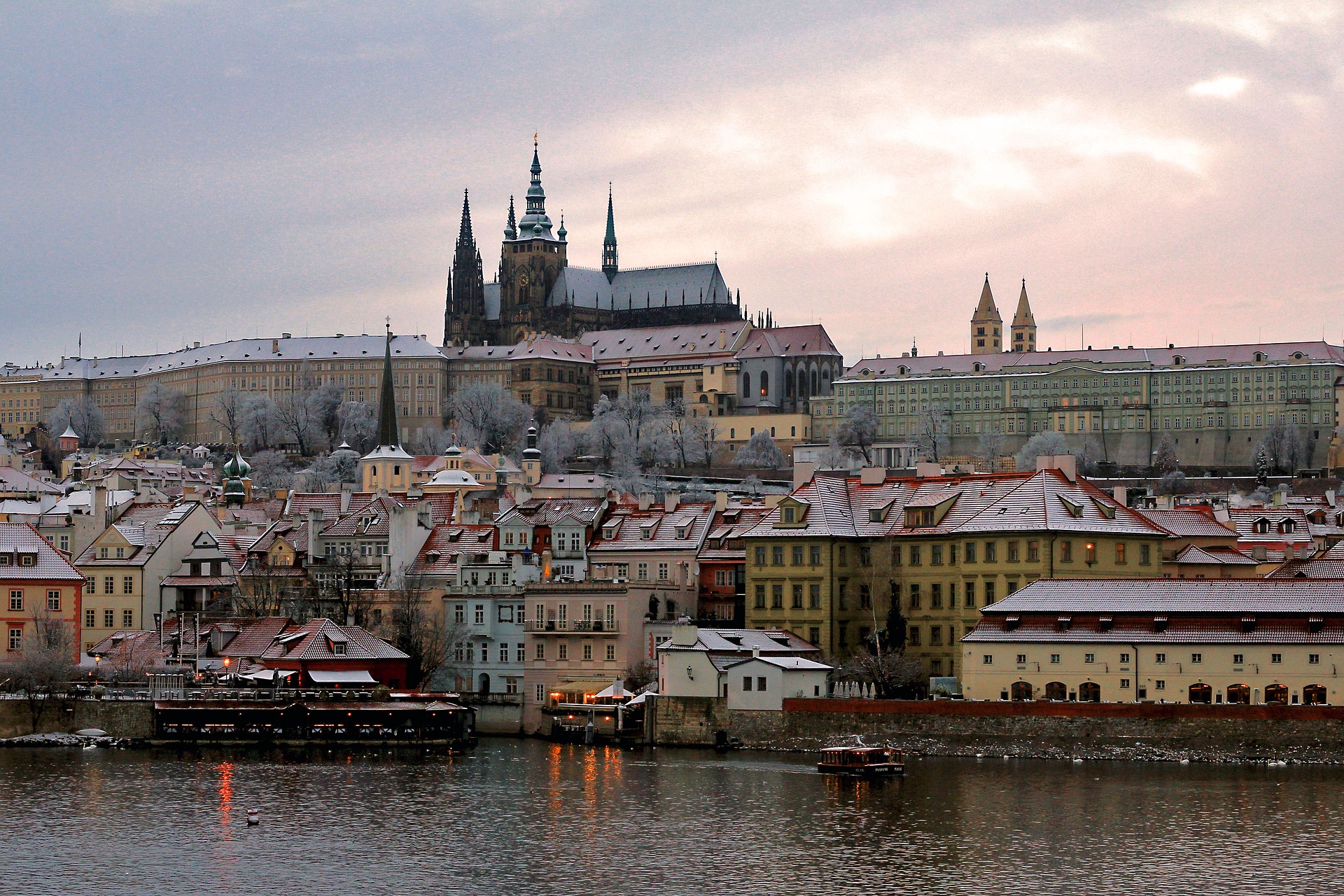
If you ever were to travel through Europe with a profession tour guide, it is likely that they will discuss history with you. History is in the past, but the architecture that remains gives us a direct link to the way our ancestors lived their lives. For Abraham Cababie Daniel, historical architecture is a true passion. While it continues to sadden him that so much was destroyed during WWII, with exceptions such as Rome and Paris, the reality is that there are still some true architectural wonders to be found.
An Overview of Historical Architecture According to Abraham Cababie Daniel
The main architectural styles that you can find in Europe include:
- Romanesque, constructed between 500 and 1200AD. You will find this in France and a little bit in Germany. The term means that it descends from the Romans and is much more simplistic than the Gothic style that came after. During the Romanesque period, the focus was very much on building castles and churches.
- Gothic, constructed between 11 and 1450 AD. This used to be called the French Style because it was developed in France. It includes ribbed vaults with columns, pointed arches, stained glass windows, flying buttresses, elaborate sculptures, and more. When it lost its popularity, it was called “Gothic” in a derogatory way, referring to the Goth Barbarians from the Germanic regions.
- Renaissance, constructed between 1400 and 1600 AD, which literally means born again. It goes back to the proportions and symmetry that were lost during the gothic period. This style is seen in Rome and Greece and features classical arches and columns, and niches and domes with sculptures inside.
- Baroque, constructed between 1600 and 1830, which refers to the “bizarre”. The baroque style is extravagant and reflects the growing wealth of Europe. Architecture of this time period is full of huge spiraled columns, domes, different colors of marble, murals, and more. Baroque architecture can be found with variations in Spain, Great Britain, France, and Italy in particular.
- Rococo, constructed between 1650 and 1790, which aimed to offer an alternative to the baroque, being somewhat softer. Colors are pale, curves more delicate. It is seen mainly in Russia, Austria, and Germany.
- Georgian, constructed between 1720 and 1800 and coming from Great Britain and Ireland. It is symmetrical and square and takes inspiration from classical Greek literature and mythology. It is found in stately homes where the upper class aimed to showcase their growing wealthy. American colonies loved this style in particular.
- Victorian, constructed between 1840 and 1900, originating in the British Isles during the reign of Queen Victoria. This is reflective of the wealth of that era, but also the Industrial Revolution. New materials were suddenly used in construction and this style is still seen in both Great Britain and America today.
Clearly, architecture has gone through many changes over the course of history, something that has fascinated people like Daniel for many years.